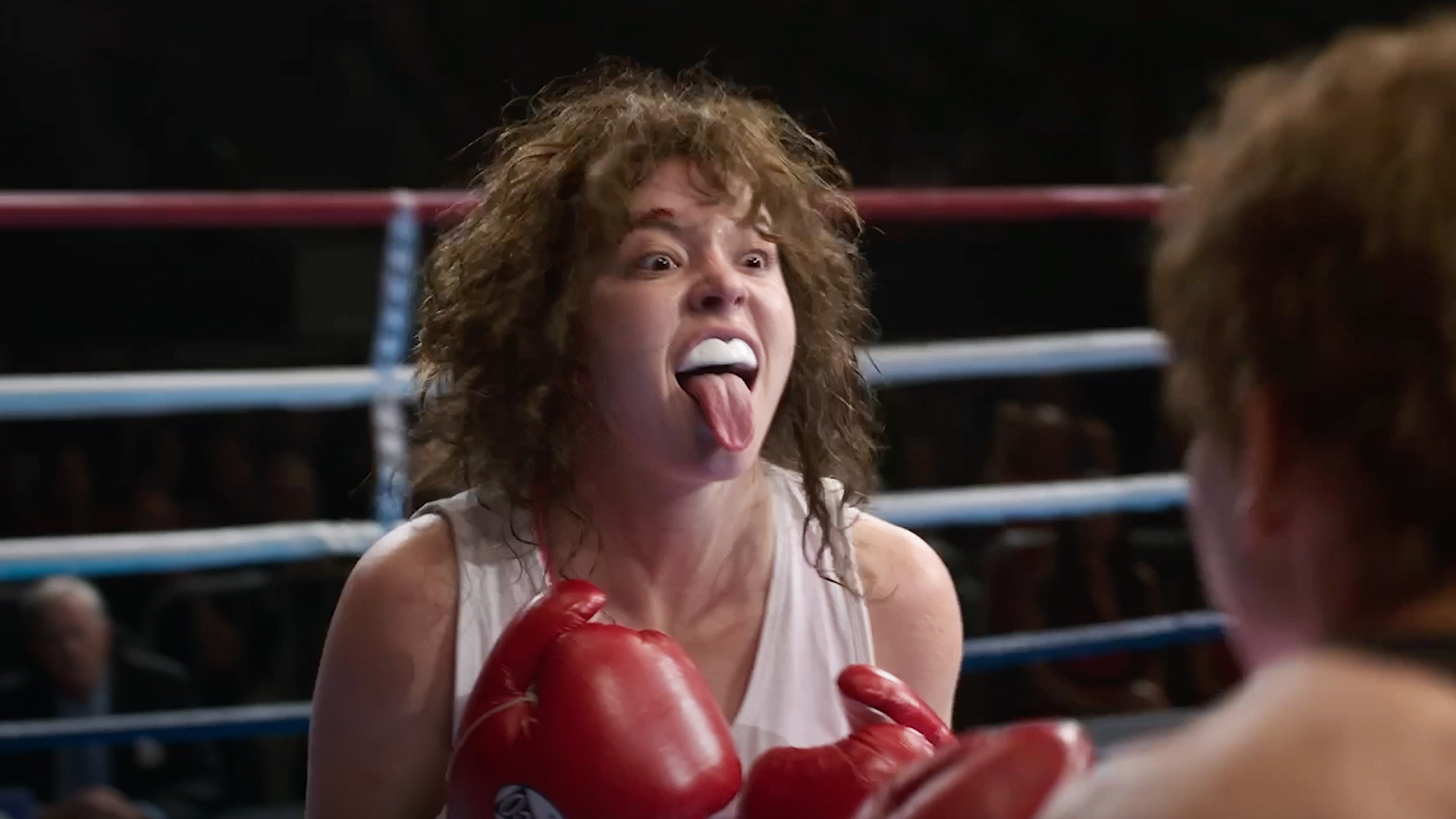James Cameron’s Avatar, launched in 2009, immediately stood out due to its revolutionary visual components. Although numerous movies have utilized cutting-edge technologies to improve narrative, Avatar captures interest with its intricate visual communication. Every aspect, from the color schemes to the aesthetic decisions, is meticulously arranged to move audiences from earthly existence to the stunning moon of Pandora. This analysis examines the particular visual characteristics that establish Avatar as a lasting filmic marvel.
Revolutionary Use of 3D Technology
The most widely recognized visual advancement in Avatar is arguably its groundbreaking use of stereoscopic 3D. Far from being a simple novelty, this 3D technology is intrinsically linked to the narrative itself. The unparalleled depth of perception draws viewers into each moment, whether they are flying through Pandora’s atmosphere on a banshee or exploring its glowing forests. The precise three-dimensional arrangement enhances both spatial understanding and emotional connection. Information from the movie’s creation indicates that, over a period of four years, specialized cameras and software were created specifically for this endeavor, highlighting how crucial visual immersion was to the film’s core essence.
Masterful World Creation: Pandora’s {{Flora}} and {{Fauna}}
Avatar relies heavily on environmental storytelling, with Pandora itself functioning as a living, breathing character. The moon’s topography—a combination of floating mountains, lush rainforests, and glowing flora—draws on real-world botany and zoology while amplifying them through imaginative design. Each plant, such as the massive Hometree or the sentient Woodsprites, is meticulously rendered with vibrant colors and dynamic animation sequences. The unseen canopies and detailed undergrowth provide layers of visual complexity, achieved through the collaboration of botanists, designers, and digital artists. The native creatures—like the Direhorse and the Banshee—evoke both familiarity and alien wonder by merging earth species’ anatomy with novel features, reinforcing Pandora’s otherworldly ecosystem.
Bioluminescence and the Palette of Light
One of the movie’s most recognizable visual elements is its widespread application of bioluminescence. Pandora’s daytime scenes are characterized by rich, intensely saturated greens and blues, yet at night, the environment undergoes a complete change. The woodlands glow with brilliant purples, pinks, blues, and greens, a result of sophisticated rendering methods and a profound grasp of color principles. These bioluminescent phenomena are more than just ornamental; they play a role in Na’vi culture, directing ceremonies and symbolizing spiritual beliefs. For example, the Tree of Souls not only stands out visually but also embodies thematic depth—functioning as both a stunning display and a central point for the story.
Figure Creation and Movement Recording
The Na’vi represent a monumental achievement in digital character creation. Their elongated limbs, feline features, and luminescent skin patterns are instantly memorable. These qualities transcend mere makeup; extensive motion-capture technology allows the performers’ emotional nuances to be translated faithfully onto their digital counterparts. The facial capture innovation plays a crucial role—subtle expressions, eye movements, and body language convey authenticity, minimizing the notorious ‘uncanny valley’ effect. Behind this seamlessness lies an enormous logistical operation: more than 60% of the film comprises computer-generated characters interacting dynamically with both digital and live-action elements.
Costume and Cultural Signifiers
Extensive visual detail is incorporated into the costume design for both the Na’vi and human characters. The Na’vi’s clothing incorporates woven fabrics, organic leathers, plumes, and glowing beads, each element signifying their spiritual bond with their environment. This design choice mirrors actual indigenous cultures while integrating fantastical elements, serving as a visual cue for profound cultural meaning. Human figures—particularly the military personnel and researchers—are characterized by practical exoskeletons, laboratory garments, and armored machinery, highlighting the central conflict between the natural world and technological advancement, and visually representing the divergence in human and Na’vi perspectives.
Environmental Composition and Cinematic Framing
The visual storytelling in Avatar carefully portrays Pandora’s magnificence using expansive establishing shots and detailed close-ups. Broad-view panoramas showcase the breathtaking elevation of the Hallelujah Mountains, utilizing their sheer size to evoke both wonder and a feeling of smallness. Cameron utilizes fluid camera work to mimic flight and compose action scenes, generating a vibrant energy that immerses viewers in the environment. Significant moments employ illumination and darkness, highlighting the contrast between Na’vi tranquility and the stark, unfeeling human settlements, offering a visual narrative that reinforces central messages.
Integration of Practical and Digital Effects
The blend of practical and digital effects assures that Pandora’s environment feels tactile rather than entirely synthetic. Real sets are merged with computer-generated extensions, allowing live actors to interact credibly with their surroundings. This hybrid approach is visible in close-ups of forest floors, where actors’ hands brush digital foliage that responds in real-time, rooting the visual fantasy in physical reality.
Impact Across Other Media and Popular Culture
The distinctive visual style created by Avatar has left its mark on video games, amusement park rides, and later movies. For instance, the captivating areas within prominent theme parks replicate Pandora’s luminous landscapes, showcasing the movie’s enduring visual influence. Other directors have referred to Avatar as a standard for seamlessly blending computer graphics with live action on a grand scale, employing it as a measure for technical aspiration and narrative presentation.
An Enduring Visual Heritage
Every visual choice in Avatar integrates cutting-edge technology and imaginative world-building to create a sensory-rich experience. The film’s cohesive palette, intricate character work, and innovative use of light are carefully layered, drawing viewers deeper into its ecological parable. Through these elements, Avatar has not only shaped the evolution of visual effects but also redefined expectations for cinematic immersion, demonstrating the enduring power of artistry harmonized with technology.





:max_bytes(150000):strip_icc()/Christy-110525-01-af37a3a8ccc542d99361a2a401d54122.jpg)